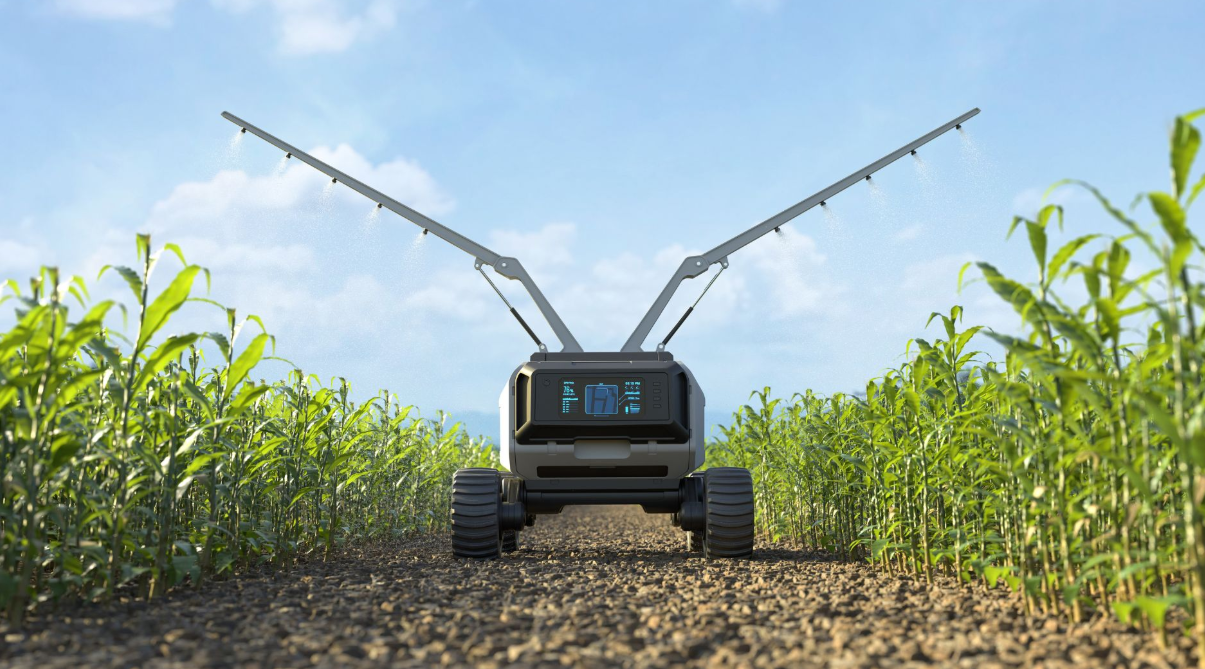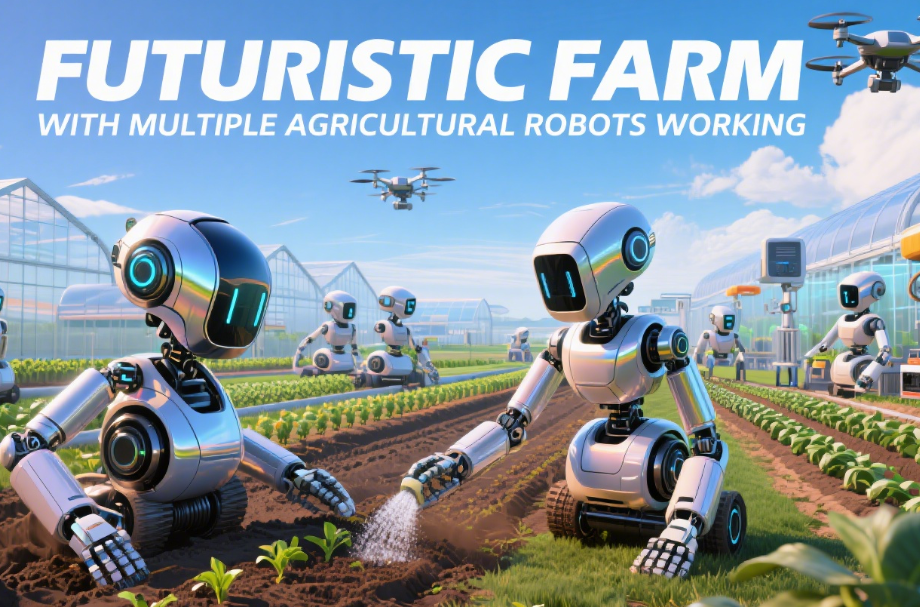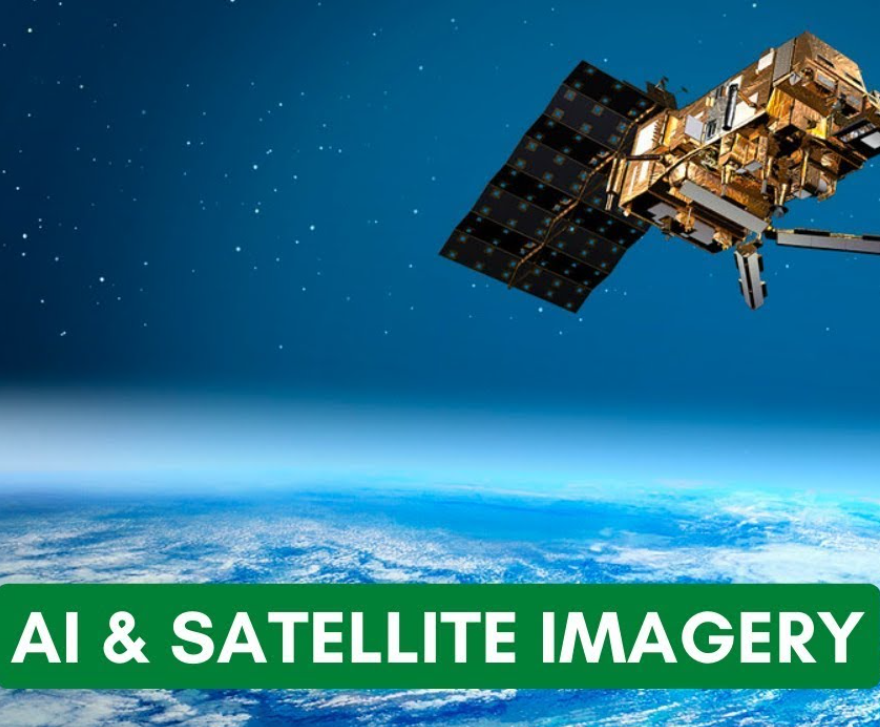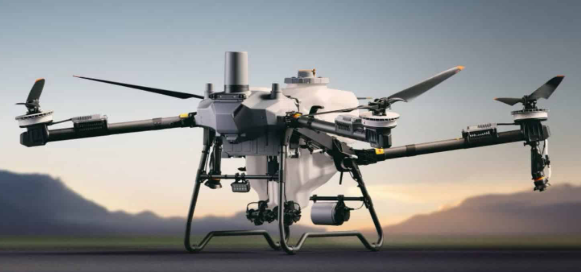
Imagine a farmer walking through endless crop rows at dawn, manually spraying chemicals - an image unchanged for generations. Now picture a fleet of autonomous machines gliding through those same fields with surgical precision, targeting individual weeds while leaving crops untouched, working 24/7 without fatigue. This isn't futuristic fantasy. Agricultural Robot Sprayers have transformed from experimental prototypes to essential farm equipment, integrating advanced robotics, AI and precision sensing to tackle modern agriculture's biggest challenges. We're pulling back the curtain on exactly how these revolutionary machines operate in real-world conditions - from sensor arrays mapping fields to nozzles delivering chemicals with unprecedented accuracy - revealing why they're reducing chemical usage by up to 95% while boosting yields. Discover why John Deere acquired Blue River Technology for $305 million and how this technology is reshaping global food production.
The Agricultural Robot Sprayer Breakdown: More Than Just Smart Tractors
Unlike traditional equipment, modern Agricultural Robot Sprayers are integrated systems combining multiple technologies. They typically consist of a mobile platform (wheeled or tracked), advanced sensor arrays, high-resolution spraying mechanisms, onboard AI processing units, and cloud connectivity. Manufacturers like EcoRobotix and Naio Technologies have developed specialized robots capable of operating in high-value crops where precision matters most - vineyards, orchards, and vegetable fields. The largest models span 15 feet wide, carry 400-gallon tanks, and cover 50 acres daily, while smaller versions navigate between narrow crop rows inaccessible to traditional equipment.
Robotic Sprayer Anatomy
Beneath each robot's exterior lies a sophisticated ecosystem: LIDAR sensors create 3D field maps while multispectral cameras detect plant health signatures invisible to humans. GPS-RTK systems provide centimeter-accurate positioning while ground-penetrating radar avoids soil compaction. The core innovation is the modular spraying array - hundreds of independently controlled nozzles that open and close within milliseconds. Tank systems maintain constant pressure and chemical mixtures, while onboard processors execute computer vision algorithms analyzing 20 plant frames per second.
Operational Revolution
The operational shift is fundamental. Traditional spraying applies chemicals uniformly across fields, wasting 70-90% through off-target application. Agricultural Robot Sprayers establish "treatment zones" - applying herbicides only where weeds invade crops, fungicides where disease appears, and nutrition where deficiency exists. University of California trials demonstrated 85% reduction in herbicide use while maintaining weed control efficiency, transforming both economics and environmental impact. This is targeted medicine for crops.
Through the Robot's Eyes: The AI Perception System
How Agricultural Robot Sprayers See and Interpret Fields
Computer vision transforms raw camera feeds into actionable insights. Every millisecond, multiple sensors capture data points processed through convolutional neural networks trained on millions of annotated plant images. These AI models distinguish crops from weeds at various growth stages while identifying nutritional deficiencies and early disease markers. Leading systems achieve 98% detection accuracy even at speeds of 8 mph. Deep learning algorithms continuously improve through cloud-based training updates - each newly encountered plant abnormality across thousands of farms worldwide contributes to collective intelligence.
| Sensor Technology | Function | Precision Level |
|---|---|---|
| Hyperspectral Imaging | Detects plant health through spectral signature analysis | Identifies nutrient deficiency 7 days before visible symptoms |
| 3D LIDAR Mapping | Creates centimeter-accurate field topography models | ±2cm elevation accuracy |
| Neural Network Processing | Real-time plant classification | 20 plant identifications/second |
The Decision-Making Brain: From Identification to Action
When a weed appears within the robot's detection zone, a cascade of decisions occurs within 200 milliseconds: The AI first classifies the weed species, determines its growth stage, calculates the optimal chemical dosage, selects the appropriate spray nozzle, and activates it precisely as the weed passes through the treatment area. This entire sequence happens faster than human visual processing. Complex algorithms factor wind speed, temperature, and humidity to prevent drift and ensure maximum efficacy. Field trials in French vineyards demonstrated 100x precision increase compared to traditional spraying equipment.
Mechanics in Motion: Precision Spraying Technology
Nozzle-Level Control Engineering
The spraying mechanism represents decades of engineering refinement. Each nozzle features piezoelectric actuators that open and close within 1/100th of a second. Spray angles vary from 30 to 110 degrees electronically, while droplet sizes adjust from 50 microns for fungicides to 300 microns for herbicides. Precision pressure systems maintain 30 PSI with less than 1% fluctuation despite flow rate changes. Companies like Bosch have developed specialized dual-flow systems that simultaneously apply different chemicals to adjacent targets - eliminating cross-contamination while providing multiple treatments in one pass.
Ground Navigation Systems
Navigation integrates RTK-GPS with simultaneous localization and mapping (SLAM) algorithms. While GPS provides global positioning, SLAM technology creates local maps using LIDAR and stereo cameras to detect obstacles as small as irrigation pipes. Robots maintain consistent 2-inch path accuracy even after 12 hours of operation. Anti-collision sensors detect unexpected obstacles like animals, while terrain-sensing technology adjusts wheel pressure to avoid soil compaction - essential for conservation farming. The latest models can autonomously travel between fields using public roads with integrated traffic perception systems.
Power and Sustainability
Modern Agricultural Robot Sprayers increasingly utilize hybrid or electric powertrains. Solar panels extend operating durations while regenerative braking captures energy during slope navigation. John Deere's prototype provides 14 hours of continuous operation using a 60kWh battery, replacing diesel engines that consumed 3 gallons/hour. This shift eliminates 13 tons of CO2 annually per machine. Water reclamation systems filter and reuse excess spray, reducing consumption by 65% compared to conventional sprayers.
Discover More: 10 Ways Agricultural Robots Are Reshaping Farming
Behind the Scenes: The Software Ecosystem
From Cloud AI to Robot Fleet Management
Each robot connects to central farm management systems through cellular networks or satellite links. Centralized AI compares treatment maps across growing seasons to identify persistent weed patches and optimize control strategies. Fleet management software monitors multiple robots simultaneously, coordinating tasks to maximize field coverage while preventing redundant application. AgOpenGPS technology creates open-source path planning tools, with over 17,000 global contributors developing plug-and-play capabilities.
Data Utilization and Continuous Improvement
Every field operation captures approximately 50GB of data daily - from plant-level health metrics to soil condition mapping. Cloud-based machine learning aggregates anonymized data across millions of acres to enhance perception algorithms. Farmers receive weekly analytics reports tracking field changes and treatment efficacy. German manufacturer BASF demonstrated 40% reduction in false positives within one growing season through this collective learning approach.
Human-Robot Collaboration: The Farmer's Control Hub
Contrary to replacement fears, these robots amplify human expertise. Farmers maintain ultimate control through intuitive web dashboards displaying real-time operations. The interface visualizes completed areas, chemical usage, and detected crop issues through heatmap overlays. Remote intervention allows manual targeting of problem areas while notification systems alert about equipment malfunctions. Training programs emphasize interpreting the detailed analytics provided, with successful adopters reporting 60% reduction in time spent on crop inspection and spraying supervision.
FAQs: Robot Sprayer Mysteries Solved
How do Agricultural Robot Sprayers operate in heavy rain or poor light?
Advanced units incorporate all-weather capabilities - thermal imaging maintains functionality during fog or darkness while specialized lenses prevent water accumulation. Radar technology detects obstructions when visual systems are impaired. During extreme conditions, robots autonomously return to charging stations while algorithms reschedule tasks. Premium models can operate effectively with as little as 1 lux illumination.
What happens when robots encounter unexpected obstacles?
Multi-layered safety systems include 360° obstacle detection with automatic emergency braking. When encountering barriers like fallen branches, robots create a geofenced exclusion zone, notify operators, and re-plan their route. Some models feature articulated limbs that physically remove obstacles under human supervision. Insurance data indicates incident rates 76% lower than conventional farm equipment operations.
How are Agricultural Robot Sprayers transforming organic farming?
Organic growers benefit enormously from mechanical weeding attachments - cameras detect weeds triggering retractable blades to eliminate them without chemicals. Robot-deployed microdoses of natural pesticides applied only to infected plants significantly reduce costs while maintaining organic certification. Trials in organic lettuce farms showed labor cost reductions of 80% for weeding operations.
The Evolution Continues: What's Next
Next-generation prototypes showcase swarm intelligence - coordinated fleets of robots communicating through 5G mesh networks. Harvard's experimental micro-robots weigh 2 pounds and operate among individual plants. Meanwhile, solid-state spray technology eliminates nozzles altogether, using electrostatic induction for targeted chemical application. Companies are developing aerial-ground hybrid systems where drone scouts detect problems and guide ground sprayers. As camera resolution doubles every 18 months and AI processing costs halve annually, these innovations signal just the beginning of the robotics revolution in agriculture.







